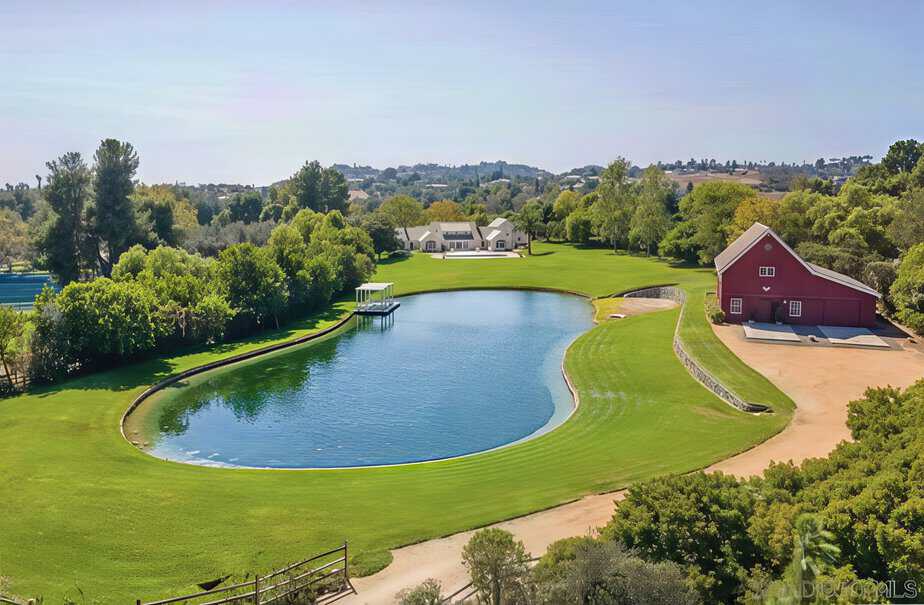
Dams come in various types, each designed to serve specific purposes.
Dams are vital engineering structures that play a crucial role in water resource management, flood control, and power generation. They are designed to impound or divert water for a variety of uses, including recreation, hydropower production, drinking water supply, and irrigation. Dams come in various types, each designed for specific functions and environmental conditions.
In this comprehensive blog post, we will examine the different types of dams and their characteristics.
Embankment Dams:
Embankment dams, also known as earth dams, are the most common type of dams worldwide. They are constructed by compacting and placing various materials like earth, rock, gravel, and sometimes concrete. These dams are highly versatile and can adapt to different terrains and foundation conditions. Embankment dams are typically used for water storage, flood control, and irrigation. They can vary in shape, with the most common types being homogenous earthfill dams and rockfill dams.
Concrete Dams:
Concrete dams are constructed using mass concrete or reinforced concrete. They are appropriate for high-load applications because of their strength and longevity. There are two primary types of concrete dams: gravity dams and arch dams.
Gravity Dams: Gravity dams rely on their integral weight to resist the horizontal thrust of water pressure. They are typically massive, with a trapezoidal cross-section that tapers towards the base. The Hoover Dam is the best example of a gravity dam.
Arch Dams: Arch dams curve upstream, and their shape is designed to transfer water pressure to the abutments on both sides of the river or valley. This design makes them well-suited for narrow gorges. The Hoover Dam also incorporates arch dam principles.
Masonry Dams:
Masonry dams are made from individual blocks or stones held together with mortar. While not as common as other types of dams, they are still found in some regions. The materials used for masonry dams can vary from traditional stone and brick to modern concrete blocks.
Steel Dams:
Steel dams are relatively rare but are used in specific situations where rapid construction or relocation is required. They are composed of steel sheets or plates supported by a framework. These dams are lightweight compared to concrete dams and can be useful for temporary water storage.
Timber Dams:
Timber dams, also known as lumber dams, were historically common in many parts of the world. They are constructed using wooden logs or planks and are often used for small-scale water storage or diversion. However, timber dams have largely been replaced by more durable materials like concrete and steel in modern dam construction.
Rockfill Dams:
Rockfill dams are a type of embankment dam constructed primarily with rocks and boulders. These dams are highly permeable, which means they allow water to flow through the dam body. Rockfill dams are often used in situations where seepage control is required.
Composite Dams:
Composite dams combine two or more different types of materials to optimize dam performance. For example, a composite dam may incorporate a concrete core within an embankment dam to enhance stability and reduce seepage.
Cofferdams:
Cofferdams are temporary structures built to divert water during construction activities or repair work. They are typically made of sheet piling, concrete blocks, or other materials and create a dry area for construction work to take place.
Tailings Dams:
Tailings dams are a specialized type of dam used in mining operations to store the waste materials (tailings) produced during ore processing. These dams are designed to contain and manage potentially harmful substances safely.
Hydropower Dams:
Hydropower dams are constructed primarily for electricity generation. They come in various forms, including concrete gravity dams and embankment dams. The key feature of hydropower dams is their ability to control the flow of water to generate electricity efficiently.
Irrigation Dams:
Irrigation dams are designed to store water for agricultural purposes. They help regulate water supply to fields, ensuring that crops receive an adequate and consistent water source.
Diversion Dams:
Diversion dams are built to redirect water from a river or stream for various purposes, such as supplying water to a canal, reservoir, or treatment plant. These dams alter the natural flow of water to meet specific needs.
Flood Control Dams:
Flood control dams are constructed to mitigate the risk of flooding in downstream areas. They are designed to capture excess water during heavy rainfall or snowmelt events and release it gradually to prevent downstream flooding.
Navigation Dams:
Navigation dams, also known as lock and dam systems, are used to maintain a consistent water level in rivers and facilitate the navigation of boats and ships. These dams have lock chambers that allow vessels to move between different water levels.
Recreational Dams:
Recreational dams are constructed to create reservoirs for recreational activities such as swimming, boating, and fishing. These dams enhance the quality of life in the surrounding area and provide opportunities for outdoor recreation.
Conclusion
Whether it’s for water storage, flood control, power generation, or irrigation, the choice of dam type depends on factors such as the local environment, the intended use, and engineering considerations. Understanding the different types of dams is crucial for effective water resource management and infrastructure development.
More reading
The 10 Worst Dam Disasters in History

Pingback: Choosing The Right Types Of Clay To Seal A Dam | Big Ditch Dam Building Company